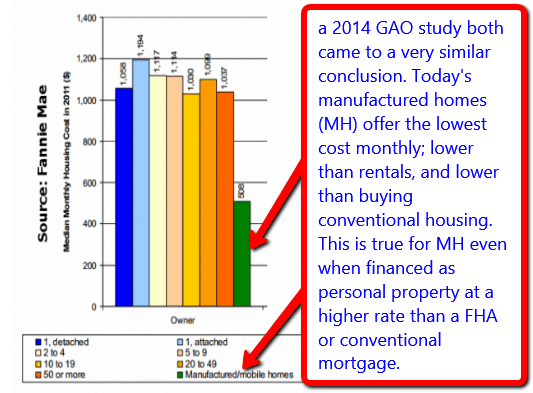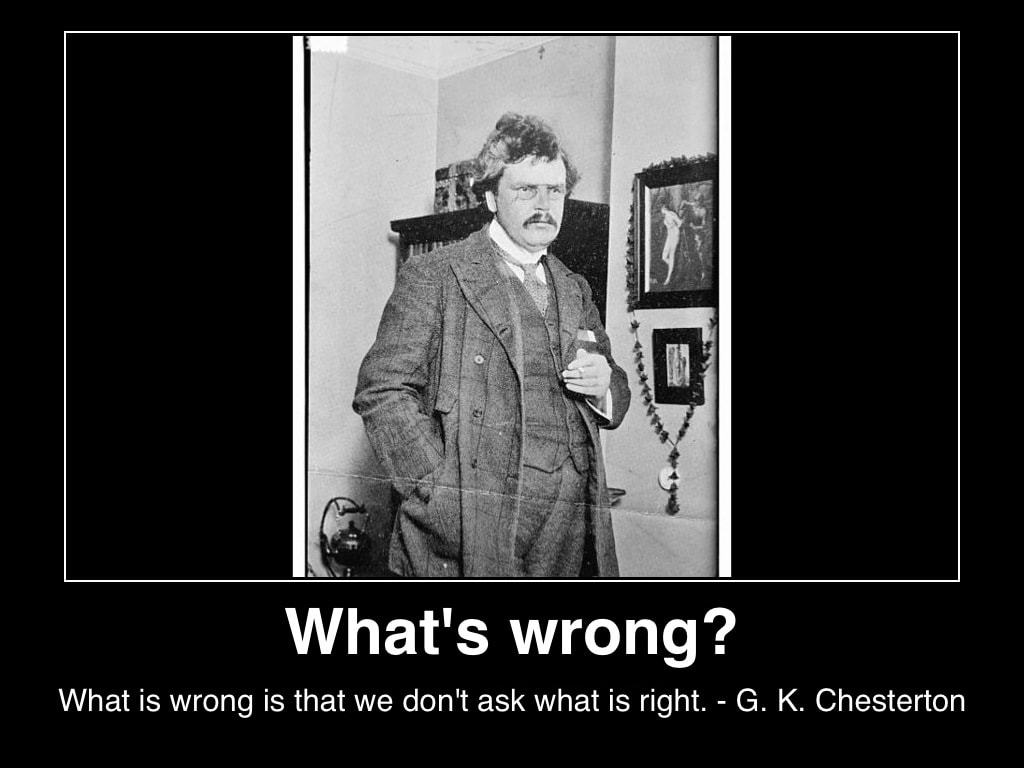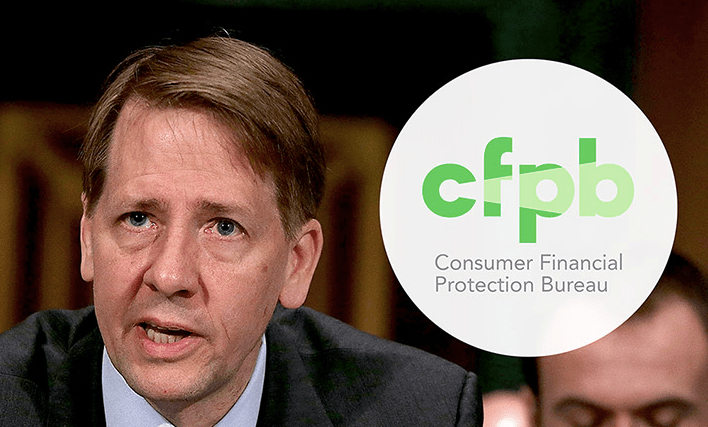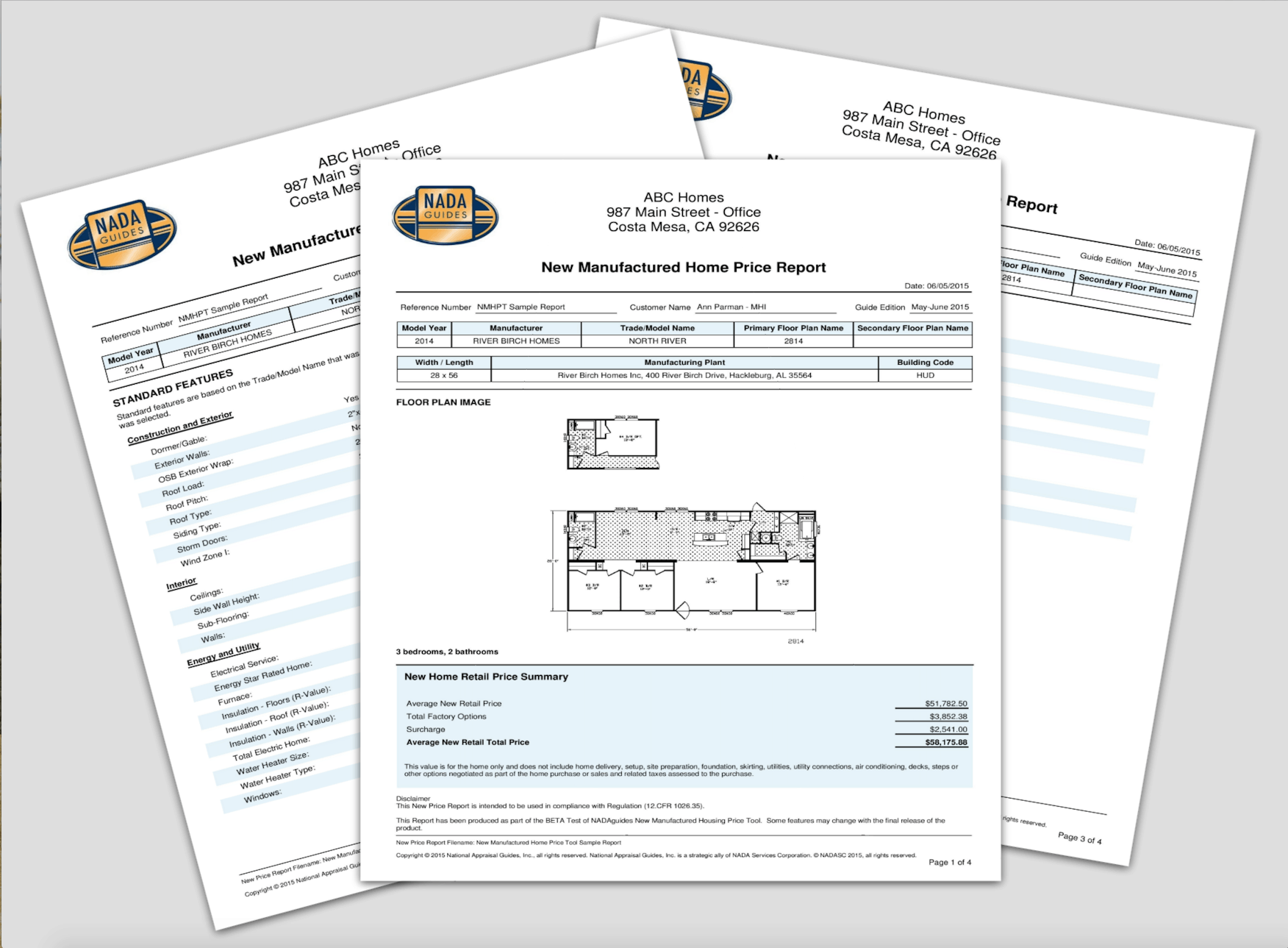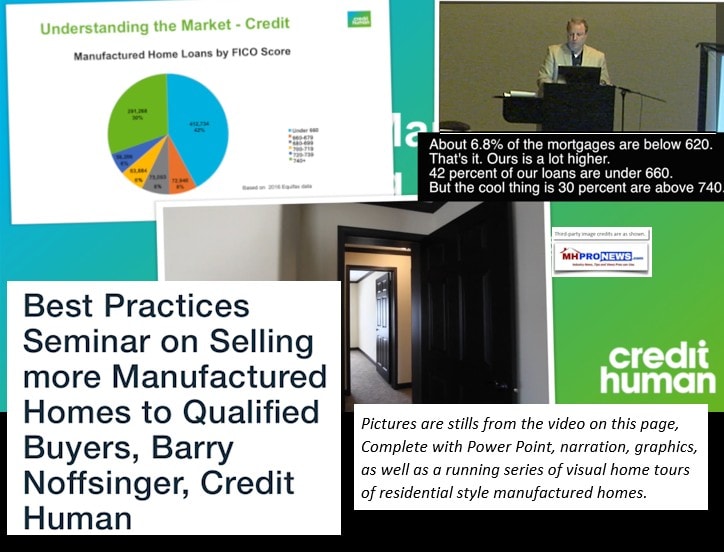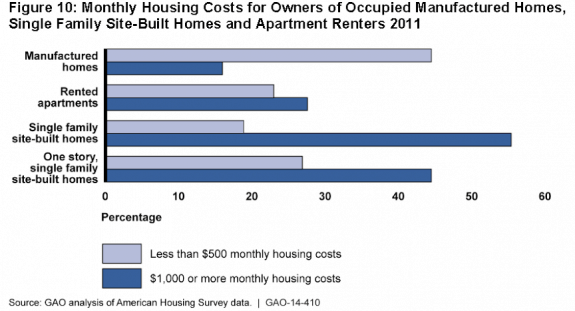
Lauren Shippy, Kendra Brill and Susan Gargano at Creative Haven Media & Marketing, a seven-year old company with 14 associates in Cherry Hill, NJ, took some time to explain their idea. They have used personal experience in the industry, combined that with marketing and branding tactics and have built a universal plan that would reintroduce the public to manufactured homes and address some of the ongoing stigma that comes with them.
Theirs is a three-pronged approach that includes 1) marketing, media, advertising and public relations, followed by 2) the actual display of a manufactured home at a big-box retailer, and then 3) seminars and other activities that would be mutually beneficial actions to address hurdles in specific regions, such as zoning and financing.
The plan would help potential purchasers to understand these complicated issues and navigate red tape that can make a home purchase difficult, but also help educate lenders and local officials on the product.
“We’d invite local banks out to talk about financing options. Also open up the door to the local community and hopefully encourage them to work through some of the stigmas that have been held in the past.”
In their research, the team looked at past experiences including Lowes, which had provided Katrina Cottages through its stores. More relevant was a test-pilot in Costa Mesa, CA between Skyline Homes and Ikea, which met with considerable success.
Not only did Skyline contribute additional sales directly to the event, but Ikea was able to move product displayed in the homes.
A lot of retailers the team approached were open to leasing parking lot space, and some were interested in cross-promotions. A retailer would have a chance to display items that might sell better in an actual home setting.
The idea for the marketing plan came in part from looking at how the auto industry operates through retailers. One disconnect in the manufactured home industry is that home buyers typically work through real estate agents. A customer unfamiliar with the sales channels for manufactured homes may get lost in the process or introduced to a stick-built product before they are ever introduced to a manufactured home product.
The team at Creative Haven agrees that Americans associate strongly with brands. While this plays out easily in the auto industry, for example, the brands of manufactured homes are not so obvious. The product can be helped through a match-up with a brand-name retailer.
“If Cavco did a display at Target, I think the idea is they go to Target and walk in the home,” Brill, who focuses on research and analysis, explains. “I don’t think at that point they care who makes it, they just care what it is. The third-party reference is important. The Target customer associates themselves with Target and the Wal-Mart customer associates themselves with Wal-Mart, there’s very little crossover.”
Which retailer is approached would depend on the demographic the specific home was created for and who was investing in the campaign.
The plan is designed to be universal and widely applicable. It can be used on a small, regional scale by a manufacturer or community owner, by a retailer or by a partnership between parties – wherever there is openness to new markets. It can be used to promote anything from vacation cabins to single-family homes.
“I think the goal of what we were trying to do with a regional campaign creates demand and addresses the stigma,” account development specialist Gargano explains. “Hurdles vary region to region. At the regional level we can come up with some factors that would address those hurdles.”
Interest at the presentation in Washington was mixed. Some felt the idea of placing a home at a big-box retailer was tried before, but Shippy says the ones who understood the universal and comprehensive nature of the plan responded well to the idea. For those who didn’t, she noted there was generally nothing negative that could be said for experiences of past partnerships with big-box retailers.
Most importantly the plan aims to remove the hurdles the consumer often encounters when exploring the purchase of a manufactured home.
“It’s a foreign concept to somebody who doesn’t normally buy that type of home,” Brill says. “The way we approach this really allows the manufacturers, retailers and community owners to be in the driver’s seat while addressing some of the long-standing hurdles.”
“Getting on a website and loving the product doesn’t mean someone will make an effort,” Shippy continues. “We have to help connect the dots for the consumer.”
Currently the team is looking for a manufacturer, retailer, community owner or a combination interested in implementing a test-pilot. The cost will depend on the scale of the plan and additional partners may be sought to help defray the cost.
##















